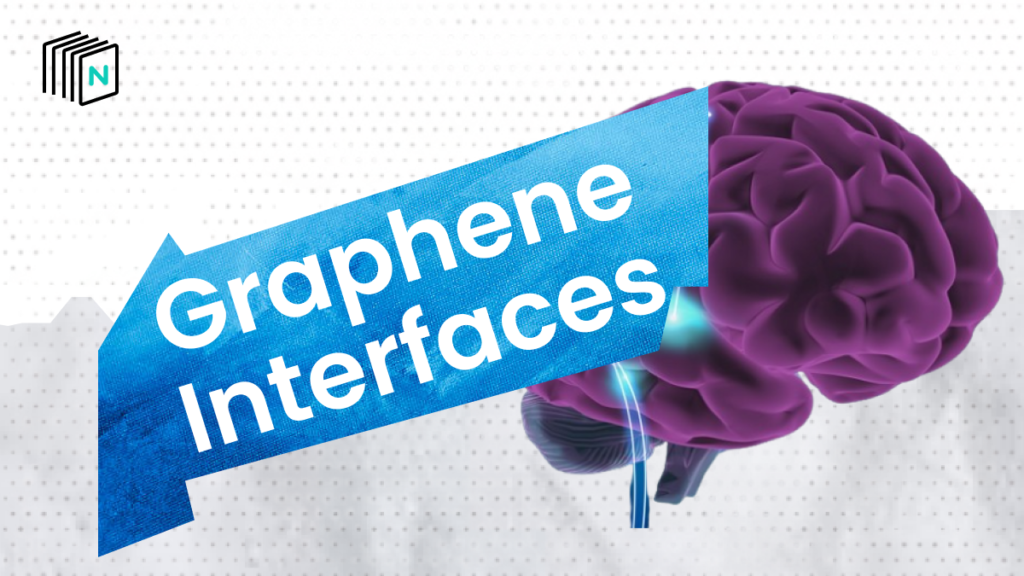Graphene Interfaces: Revolutionizing Neuroscience

In a groundbreaking stride toward unraveling the mysteries of the brain and advancing medical treatments, scientists have introduced a revolutionary neurotechnology crafted from graphene. This remarkable achievement, spearheaded by the Catalan Institute of Nanoscience and Nanotechnology (ICN2) and a consortium of esteemed partners, holds the promise of reshaping the landscape of neuroscience and therapeutic interventions.
Published in the prestigious journal Nature Nanotechnology, the study unveils EGNITE (Engineered Graphene for Neural Interfaces), a cutting-edge neurotechnology poised to redefine the boundaries of neural interfacing and nerve modulation. This development represents the culmination of years of intensive research under the European Graphene Flagship project, a collaborative endeavor between ICN2 and the University of Manchester.
What sets EGNITE apart is its ingenious utilization of nanoporous graphene, a flexible and highly conductive material, to construct microelectrodes tailored for interfacing with the nervous system. These microelectrodes exhibit exceptionally low impedance and high charge injection capabilities, rendering them indispensable tools for precise and efficient neural communication.
Preclinical validation studies, conducted in collaboration with leading experts in neuroscience and biomedical research, have yielded promising results. EGNITE demonstrates unparalleled proficiency in recording neural signals with remarkable clarity and precision, offering invaluable insights into the complex workings of the brain. Moreover, its ability to modulate nerve activity with pinpoint accuracy opens up new avenues for therapeutic interventions, addressing a longstanding need in neurotechnology.
The journey toward EGNITE’s fruition has been characterized by international collaboration and scientific leadership. Drawing upon the expertise of institutions such as Universitat Autònoma de Barcelona, University of Manchester, and others, the project has leveraged the collective knowledge and resources of diverse scientific communities. This collaborative ethos underscores the commitment to advancing knowledge and driving innovation in the field of neuroscience.
Looking ahead, the transition of EGNITE from laboratory discovery to clinical application represents a pivotal milestone. The technology has been patented and licensed to INBRAIN Neuroelectronics, a Barcelona-based spin-off born out of ICN2 and supported by the Spanish National Research Council (CSIC). Under the visionary leadership of CEO Carolina Aguilar, INBRAIN Neuroelectronics is poised to embark on the first-in-human clinical trials of EGNITE, marking a significant leap toward realizing its therapeutic potential.
As the journey of EGNITE continues, propelled by the momentum of scientific curiosity and technological innovation, it holds the promise of ushering in a new era in neuroscience. With each milestone achieved and each barrier overcome, the boundaries of possibility in understanding and treating neurological disorders are pushed ever further. As we stand on the brink of this transformative journey, the future of neuroscience shines brighter than ever before, illuminated by the brilliance of graphene.
